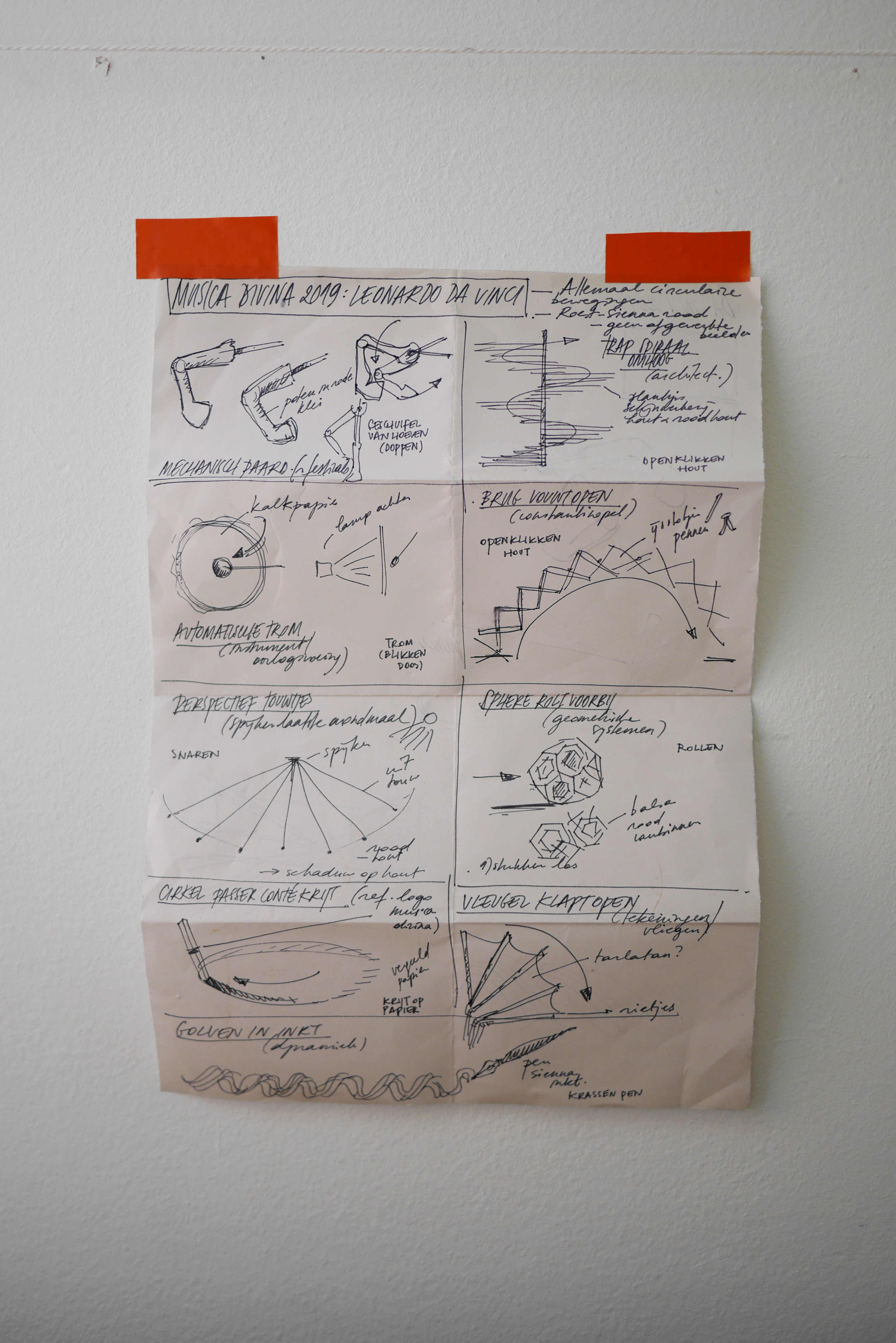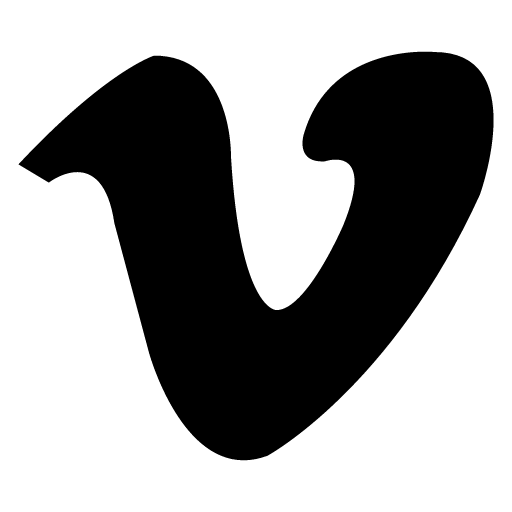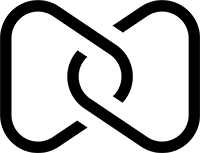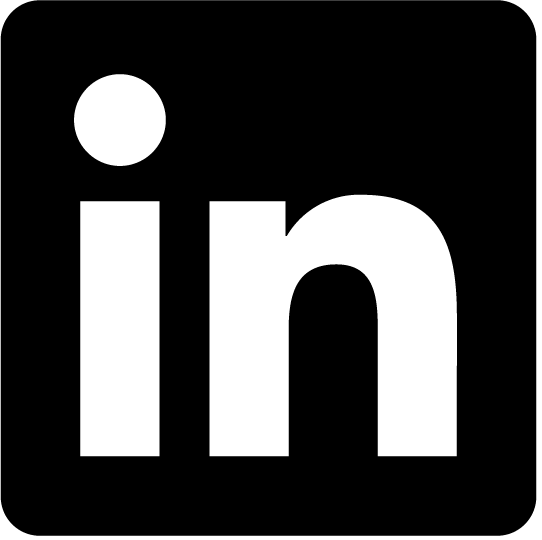The Sound of Da Vinci, visualized
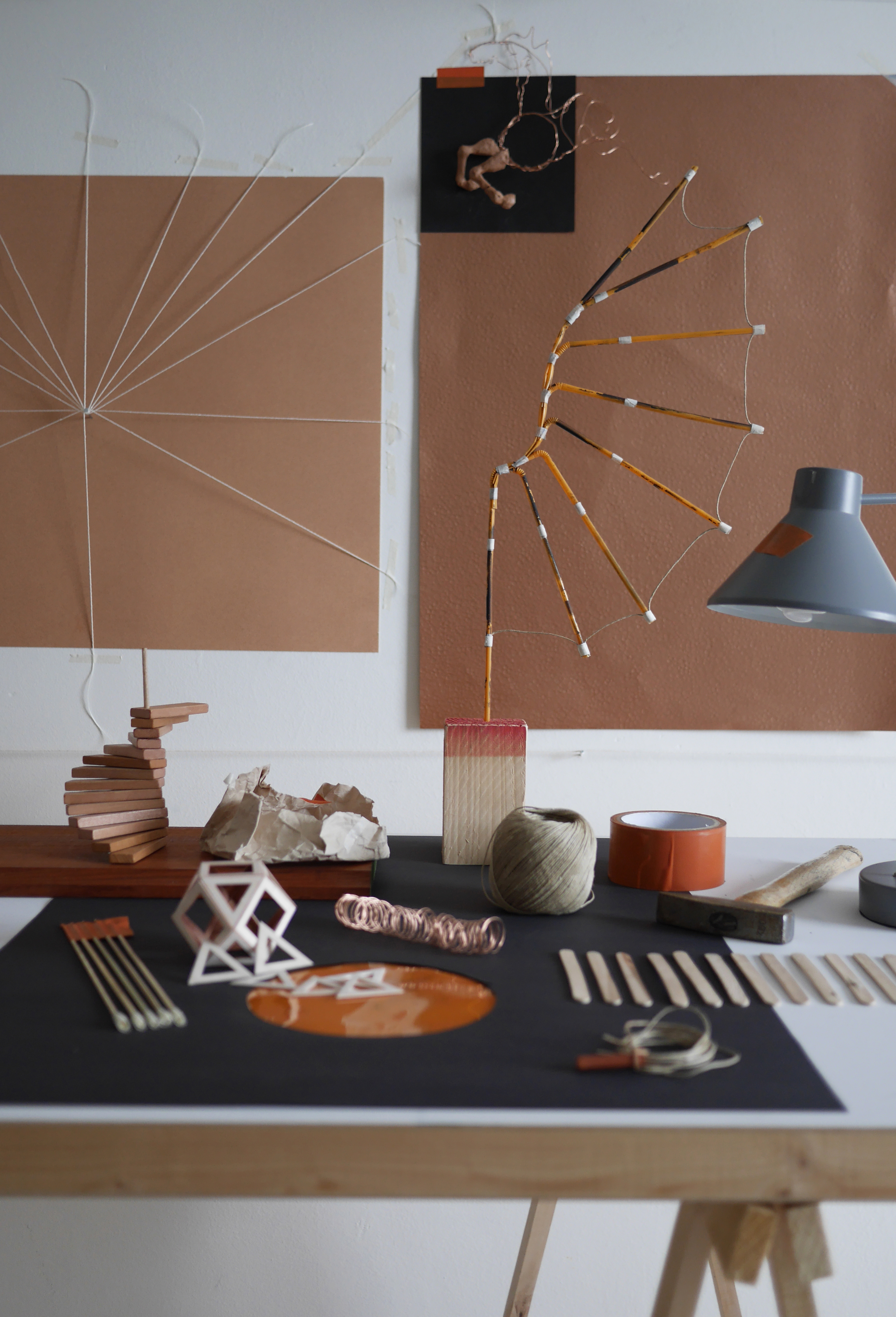
The theme of Musica Divina 2019 is Leonardo da Vinci, the world-famous visual artist whose name alone evokes a myriad of visual associations for all of us. Even though the programme’s angle is the sound of da Vinci, and we are mainly focusing on his work as a festival maker and musician, it is difficult to develop campaign images without taking his visual legacy into consideration. So for me it was a question of keeping my distance from da Vinci’s own media. There is no point drawing, painting or reproducing his designs, because then you find yourself competing with something that is etched far too powerfully onto our retinas.
Jelle’s vision of da Vinci surprised me and brought clarity. When I was 15, in my first art history lessons, I ran into my teacher one day in the street. We walked down the road together for a while, and he asked me who my favourite artist was. ‘Leonardo da Vinci’, I replied, without hesitating for a second. He was surprised. ‘Really? Which work?’ My heart sank. I couldn’t really bring one specific work to mind. The Mona Lisa and the Last Supper didn’t occur to me. ‘His drawings, mostly’, I said, in an attempt to pin down the elusiveness of what attracted me. ‘Why?’ My teacher asked. ‘Because they’re not finished’, I said, although I didn’t even really understand what I meant myself. I hurried off home. That angle - da Vinci as an improvising jazz artist who doesn’t set anything in stone, doesn’t finish and simply creates in the moment - helped me to make the installations for the campaign images. They have turned out to be little pieces of design, incomplete prototypes, tangible suggestions of ideas. I have kept to the style of previous years: everything I build is made of straws, wooden spatulas, string, tape and wire. This time, perhaps, I was more aware than otherwise that I needed to stay away from proper ‘artist’s materials’ and especially that I needed to avoid competing with classic works. The installations are sculptural translations of all aspects of da Vinci’s work. His visionary inventions (wings), instruments (drum), architecture (staircase), infrastructure (bridge), drawings (piece of chalk), scientific calculations (sphere), dynamic research (waves) and paintings (nail) are represented in the nine campaign images.
How could I choose from an almost endless body of work? I went in search of round shapes, circles and segments of circles: an obvious choice in the context of Musica Divina. The Vitruvian Man speaks for itself: I reduced the image to a simple circle, a piece of chalk attached to a string that functions as a compass. The sienna-coloured chalk itself as a sculptural object is sufficient to serve as a campaign image. I reproduced the design for the mechanical drum, which is also round of course, by taping sketching paper over a reading lamp. The five drumsticks are kebab sticks wrapped in tape. The mathematical spheres in Jelle’s book were also irresistible. I recreated the spiral staircase drawn on a round floor plan with the small blocks of reddish wood that joiners use as spacers. The self-supporting bridge, based on a segment of a circle, is made out of the wooden spatulas you find in Magnum ice creams. The endless round curls that da Vinci drew when he was studying waves were easily translated into a roll of copper wire that ended up looking like a wave breaking on the shore. In other installations, the circle is somewhat less clear: I photographed the wing, which I built with plastic straws, with the circular reflection of the light source precisely aligned with the bend in the construction. The horse, which refers to the unfinished statues of rulers and also to the endless sketches of horses’ hooves, consists of forelegs I made from red clay and a light structure of copper wire containing different circular forms. I let the unfinished horse hang, spinning, from a piece of string. The Last Supper appealed to my imagination because of the nail that da Vinci hammered into the wall, from which pieces of string radiate like rays of light to get the perspective right.
